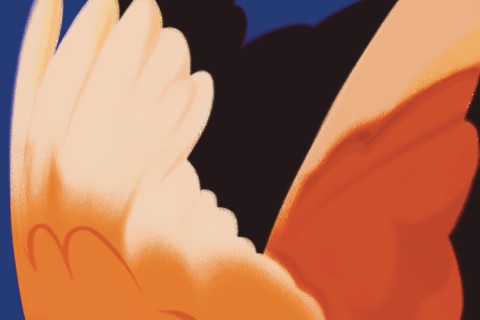What does your spiritual geography look like?
During this month, I’ve been lucky enough to have a couple
of excuses to trek from the District to Pennsylvania. I rent cars, listen to audiobooks, and survey the amazing leaves. After growing up in Florida,
where an occasional cold front counted as “winter,” the colors startle me.
The trees flash with fleeting vibrancy like the final explosions of a July
fireworks show. Then driving farther north, I notice the fallen leaves have
left us with the still beauty of bare limbs veining the blue sky.
Fall surrounds us, reminding me of all the transitions happening
within me. Just as I’ve come to appreciate how seasons transform the land, I’ve
also become aware of my internal landscape. The two seem bound together in many
ways.
When I see those bare limbs, I think of the times when my
work turns inward. We all have periods of fruitfulness and other months when we
can hardly create. My father died a few months ago, and I noticed a lot of
those empty days in the wake of his passing. I looked back on the hours,
wondering what I actually accomplished.
But driving through Pennsylvania, I’m reminded that I should
have appreciated the internal work. In our culture, we relentlessly measure
productivity, but we don’t allow space for those seasons when hidden roots grow
deeper. We don’t always trust those times when the limbs remain desolate. I didn’t
honor the days of beautiful stillness enough.
I learn from the naked limbs, but there’s another landscape
that I explore more often when I pray. I’m usually aware of the barrenness of
the soul. Maybe it’s because so much of my spiritual life was formed while
reading the Hebrew Scriptures, but as I breathe and listen for God, I think of desert lands. God often meets
people in arid regions—in the brutality of loss, the determination of
suffering, and the thirst for healing. In fertile places, we don’t need God as
much as we do in the desert. So God’s presence (or absence) becomes palpable in
the desolation.
Recently, I discovered a new place in my internal landscape.
It came after several rejections. When I was frustrated with a bundle of no’s, I
went to see my spiritual director, and she pointed me to something else.
“There’s a spring in you,” she said. “It flows there. The
rejection you’re describing is what happened after the water bubbled up. You’re
talking about how it was received. But that doesn’t affect the spring. It
doesn’t affect the water at all. It’s still there. It’s still bubbling.”
So I’ve learned to remember the fount when I create, even when my inbox
fills with no’s. It’s up to me to keep writing and keep working. I don’t always
have control over how the work is received, and that’s okay. Sometimes our jobs
are about facing that blank screen or climbing up in that pulpit, even when we can't control exactly how our words will flow.
It’s a strange landscape— the bare limbs, the thirsty deserts,
and the bubbling springs. But these metaphors remain, in my productivity,
droughts, isolation and rejections. They’re reminders of how God’s presence
stirs within us in each season of our lives.
What does your internal geography look like?






